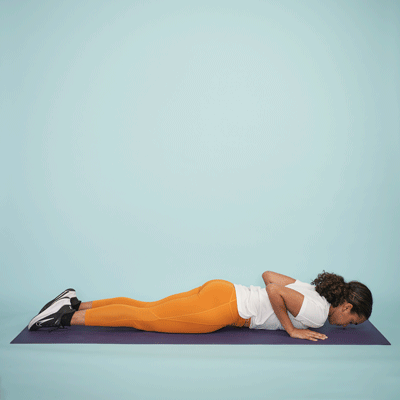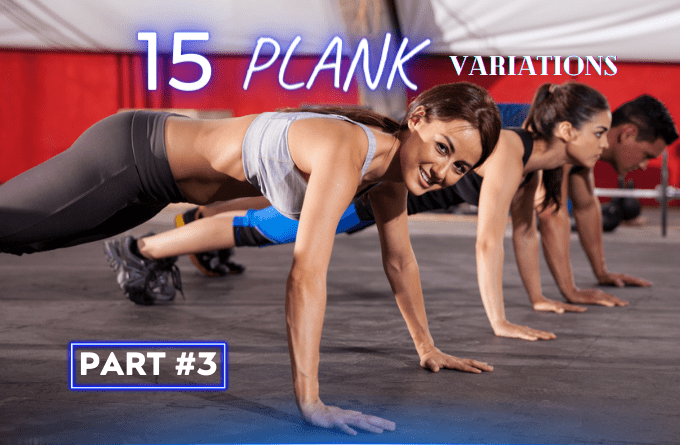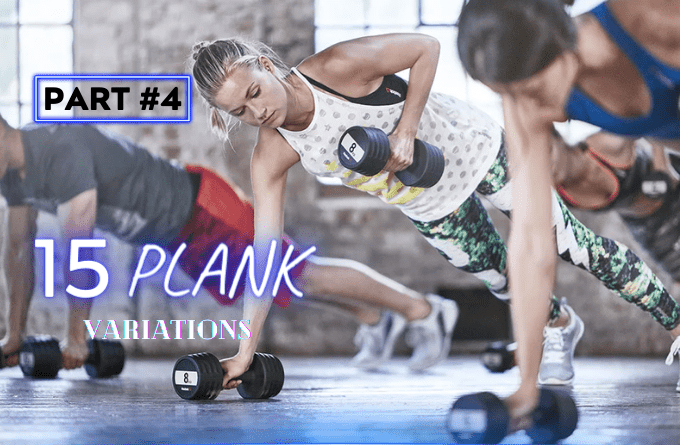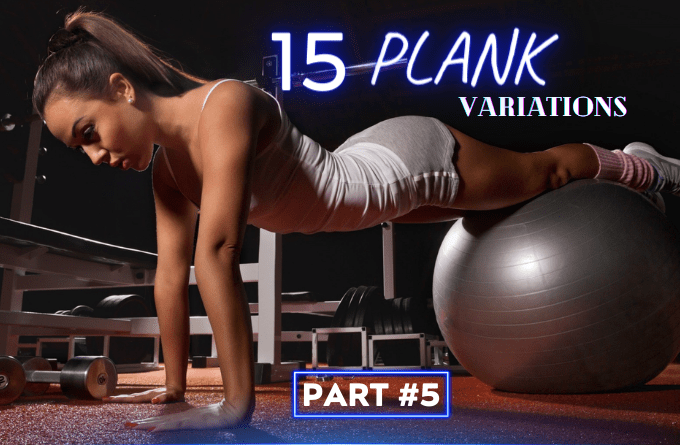
Table of Contents
Toggle“15 Plank Variations” offers a curated collection of exercises to elevate your workout routine and target various muscle groups effectively. From basic planks to specialized moves, “15 Plank Variations” presents a repertoire of exercises suitable for all fitness levels.
The pursuit of a strong and resilient core is akin to laying the foundation of a sturdy building. While chiseled abs might be the visual goal for many, the significance of a robust core transcends mere aesthetics. Strengthening this central pillar of the body not only enhances physical appearance but also contributes significantly to overall health and stability.
Amidst an array of exercises aimed at fortifying the core, planking emerges as a powerhouse, offering multifaceted benefits while accommodating various fitness levels.
According to the Centers for Disease Control and Prevention (CDC), nurturing a robust core can act as a bulwark against back injuries and enhance overall stability. Planks, in particular, have garnered acclaim in the fitness realm. Unlike traditional abdominal exercises such as crunches or sit-ups, planks exert less strain on the spine and hip flexors, making them a preferred choice among fitness experts.
Expert Advice:
Fitness experts recommend incorporating plank variations into your routine to continually challenge your muscles. As your body adapts, exploring different plank positions and adding movement or resistance will prevent plateaus and keep your workouts effective.
A single plank, lasting anywhere from a brief 30 to 60 seconds, holds the potential to tighten the core, sculpt the waistline, and concurrently engage an array of muscle groups including the back, glutes, hamstrings, arms, and shoulders. This amalgamation of benefits in a short span of time renders planks an invaluable addition to any workout regimen.
The beauty of planks lies not only in their effectiveness but also in their versatility. Irrespective of one’s expertise in fitness, a spectrum of plank variations exists, catering to beginners and seasoned fitness enthusiasts alike. Let’s delve into 15 plank variations, gradually progressing from the easiest to the most challenging, designed to fortify the core and amplify overall strength.
1. Knee Plank (for beginners)
The knee plank is an ideal starting point for those new to planking or easing back into an exercise routine. By modifying the forearm plank, it reduces strain on the lower back while effectively engaging the core muscles.

Beginners or individuals reacquainting themselves with planks after a hiatus can ease into the routine with the knee plank variation. This modification alleviates pressure on the lower back while delivering an effective core workout.
Assume a prone position with forearms resting on the floor and elbows positioned directly under the shoulders. Engage the core muscles as you lift the torso off the floor, maintaining contact with your knees, toes, and elbows. Ensure a neutral neck position, avoiding any strain by keeping the gaze fixed towards the floor. Hold this posture for 30 seconds, progressively extending the duration as you enhance your strength and endurance.
2. Straight-Arm Knee Plank (for beginners)
Moving up from the knee plank, the straight-arm knee plank is a step toward the traditional plank. This variation focuses on improving arm and core strength while being more manageable than the standard plank.

A slight advancement from the knee plank, the straight-arm knee plank intensifies engagement of the arms and core while remaining accessible to beginners. This variation involves maintaining a straight-arm position, providing a foundation to build arm strength.
Lie prone with arms bent at the sides, palms planted on the floor directly under the shoulders. Elevate the torso by pressing through the palms, ensuring the wrists align with the shoulders. Keep the knees in partial contact with the floor and hold the position for 30 seconds, focusing on maintaining proper form and alignment.
3. Forearm Plank
The classic forearm plank is a foundational exercise that targets multiple muscle groups simultaneously. It’s an excellent way to build endurance, stability, and strength in the core, arms, and shoulders.

As proficiency in planking progresses, transitioning to the forearm plank marks a significant milestone. This variation amplifies the intensity, demanding increased core engagement and stability while targeting multiple muscle groups simultaneously.
Begin by lying on the floor and positioning the forearms directly beneath the shoulders. Elevate the torso by pushing through the forearms and toes, maintaining a straight line from head to heels. Emphasize core contraction, stabilizing the body while holding the plank for 20–30 seconds initially, gradually extending the duration as strength improves.
These foundational plank variations set the stage for a comprehensive core workout. As individuals traverse the plank continuum, they encounter progressively challenging variations, each amplifying the intensity and requiring heightened strength and stability.
From side planks to plank jacks, spiderman planks to plank with leg lifts, the repertoire of plank variations expands, accommodating diverse fitness levels and goals.
By mastering these three plank variations, beginners can establish a solid foundation for more challenging exercises while reaping the benefits of a stronger core. As you progress, these variations can be adjusted to suit your increasing strength and endurance levels.
In the forthcoming articles, we’ll explore more challenging plank variations to further intensify your core workout.
<<< Previous: Diving into Advanced Planking
\Part #1 |Part #2 |Part #3 |Part #4 |Part #5
Next: Exploring Advanced Plank Variations >>>
In essence, planks serve as a catalyst for unlocking core strength, sculpting the body, and fortifying stability. Regular incorporation of plank variations into a fitness routine not only enhances physical endurance but also fosters a deep sense of body awareness and resilience.
So, embrace the plank variations, transcend your limits, and unveil the power of a steadfast core, setting the stage for a fitter, stronger, and more resilient you.
Health Benefits:
Aside from sculpting your abs, planking improves posture, reduces back pain, and enhances overall stability. Strengthening core muscles helps in daily activities, sports performance, and even prevents injuries by stabilizing the spine.





